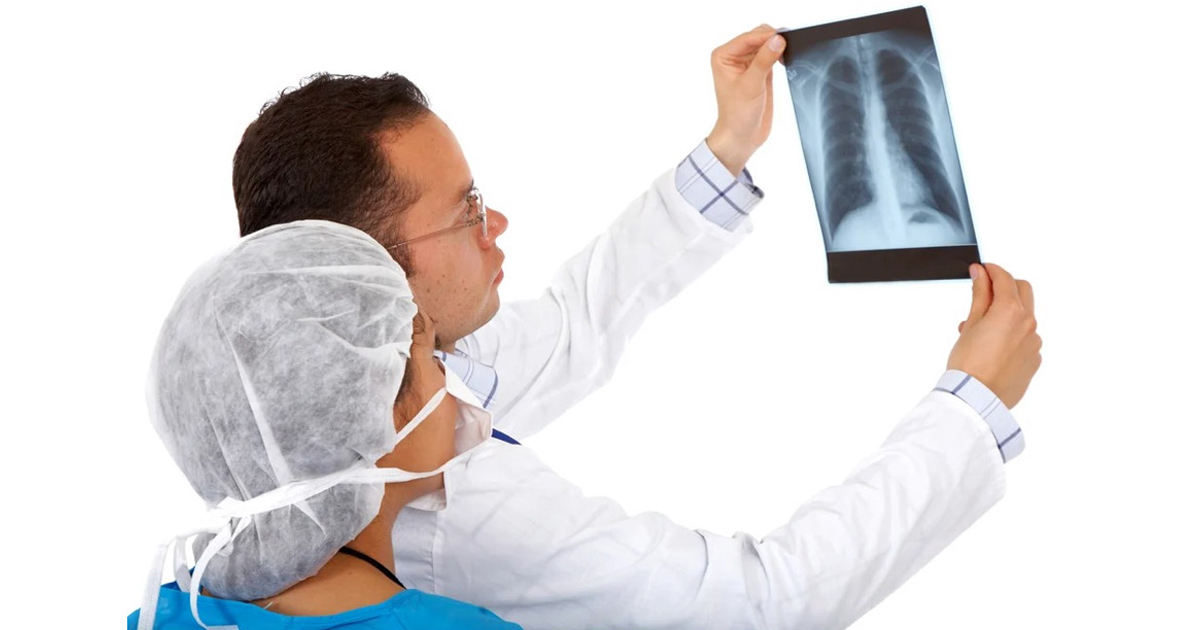A traditional philosophical conundrum begins with “If a tree falls in a forest……”, but how about this one, if respiratory therapists are invisible to the public during the COVID-19 pandemic, do we really exist? The answer is, of course, yes. We are at the bedside, treating afflicted patients, and often in close proximity to the airway. We provide breathing treatments, assist in intubation, and institute and monitor mechanical ventilation. These interventions drastically increase our chances of contracting the virus, and thus we risk our lives in the process. So why are we not identified in the media alongside nurses and physicians, or if we are, it is under the general description of healthcare workers? What can be done to increase our visibility as healthcare professionals? Let’s examine this issue.
Most of us would define the visibility of our profession as being acknowledged in news stories, TV series, and in commercials concerning healthcare systems and their dedicated and professional staff, but there are media where our profession is visible. The American Association for Respiratory Care (AARC) is our national organization, and as such, is widely recognized and respected by the medical and healthcare communities. The AARC has done an exemplary job in extracting national news articles about respiratory therapists and posting them on their websites. These news articles originate from such diverse news organizations and affiliates as CNN, Fox, NBC, and the NY Post. Hence it can be stated that instead of being invisible we are visible, but perhaps not as much as some of us would like.
The old adage “there is strength in numbers” is certainly true. As Respiratory Care is such a specialized discipline, our numbers are small compared to other healthcare professions, such as Physical Therapy and Nursing, so in order to be visible, we have to get louder. Our voices become stronger when we participate in committees, policy-making, and legislation at the workplace, state, and nationwide levels. Are you familiar with the CONNECT Act? It is an important component of the AARC legislative agenda. This bill advocates the inclusion of respiratory therapists in telehealth medicine, an integral part of the future of disease management. If you haven’t heard of this bill, you may want to consider becoming of member of the AARC and increasing your awareness of what is going on in your profession as well as advocating for its advancement.
Now many of us want to be visible but through our behavior reinforce our invisibility? Have you encountered an RT who constantly complains about a lack of respect and autonomy but who is invisible when their work assignment is completed? We become more visible when through our actions other professionals perceive us as being worthy of respect. Does your hospital have a readmission program that includes your department? Respiratory therapists must be at the forefront when implementing readmission strategies. We are the experts, acknowledged or not, in pulmonary medicine and in the behavior of patients who have chronic pulmonary disease. Disease management, encompassing health coaching and discharge planning, must become an integral component of our skillset. If we are not growing, we are static, and if we are immobile, we are not noticed. We should all become members of our state societies and our national organization. Our pride, creativity, and passion for our profession should traverse county and state boundaries.
COVID-19 is a novel virus. No one is an expert on this pathogen. I salute you fellow RT’s who are battling this unknown enemy on the front lines. Your skills and expertise are making a difference. Nowhere is this more evident than when a patient afflicted with COVID is liberated from mechanical ventilation. Celebrate your victories, but do not personalize losses. And yes, you are visible. The Intensivist, ICU nurse, nurse assistant, PT, OT, and pharmacist all see you. They are witnessing your brave and unselfish devotion to the patients who are suffering from this stealthy, deadly virus. Take a bow. You richly deserve it.
About the Author
Harry Leen, RRT, MPH, is a continuum of care coordinator at Ascension St. Vincent’s Riverside in Jacksonville, Florida. He has served in the profession of respiratory care in the capacity of patient care, management, education, and case management for almost four decades. He is a member of the American Association for Respiratory Care and the Florida Society for Respiratory Care. Harry received his respiratory therapy technician certificate at the College of Boca Raton, which is now known as Lynn University; his Bachelor of Science degree from Western Michigan University; and his Master of Public Health degree from the University of North Florida.
His text, The Respiratory Therapist as Disease Manager, serves as a concise and informative knowledge base for disease management in the practice of respiratory therapy. Written for both students and practicing clinicians, this a foundational resource for the Respiratory Therapist who desires to augment their acute care and technical skills with a knowledge base that will enable them to competently perform the duties of a Pulmonary Disease Manager. Fully equipped with case management, patient education, and self-management content, there is no other textbook like this on the market.
